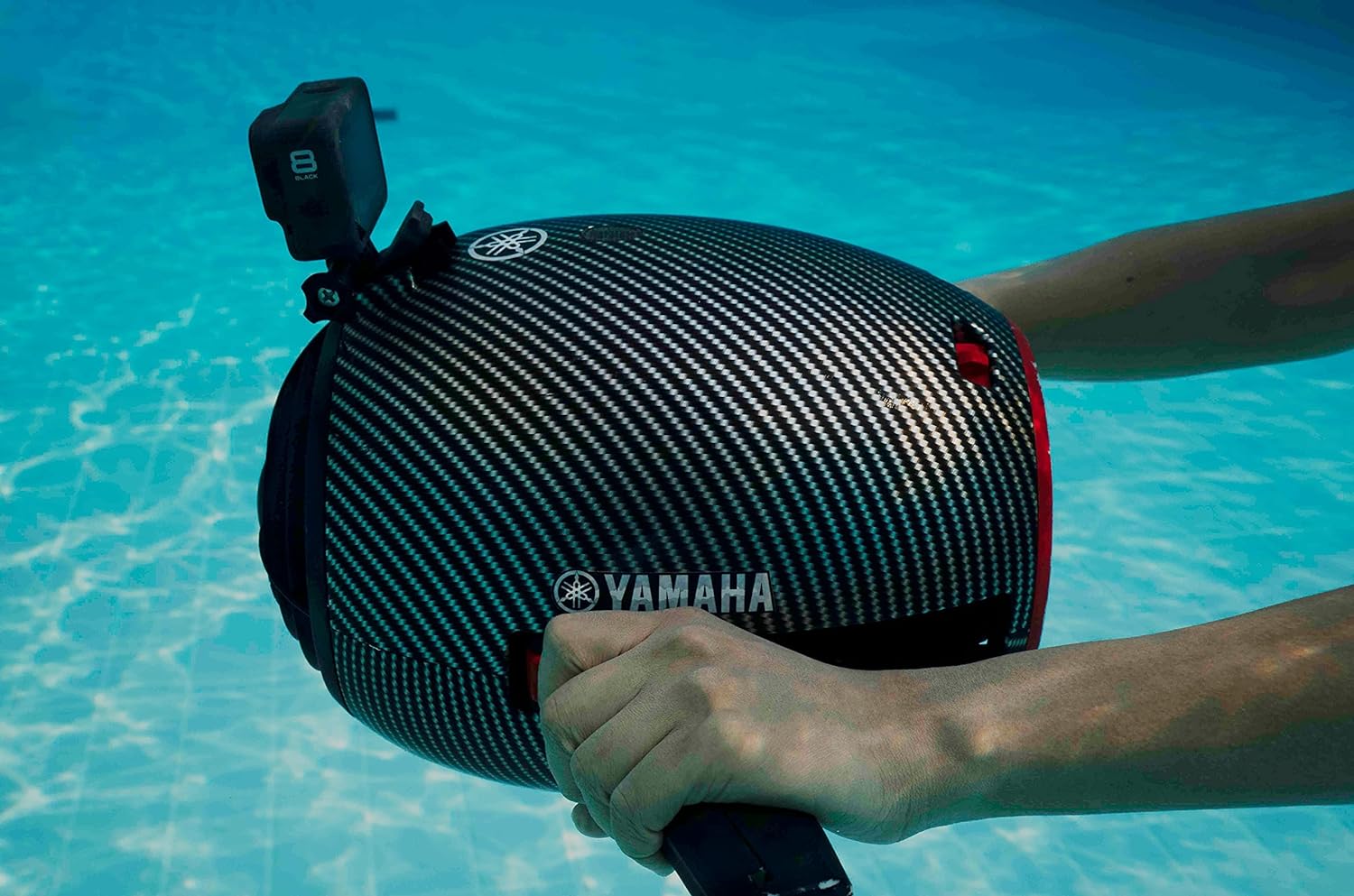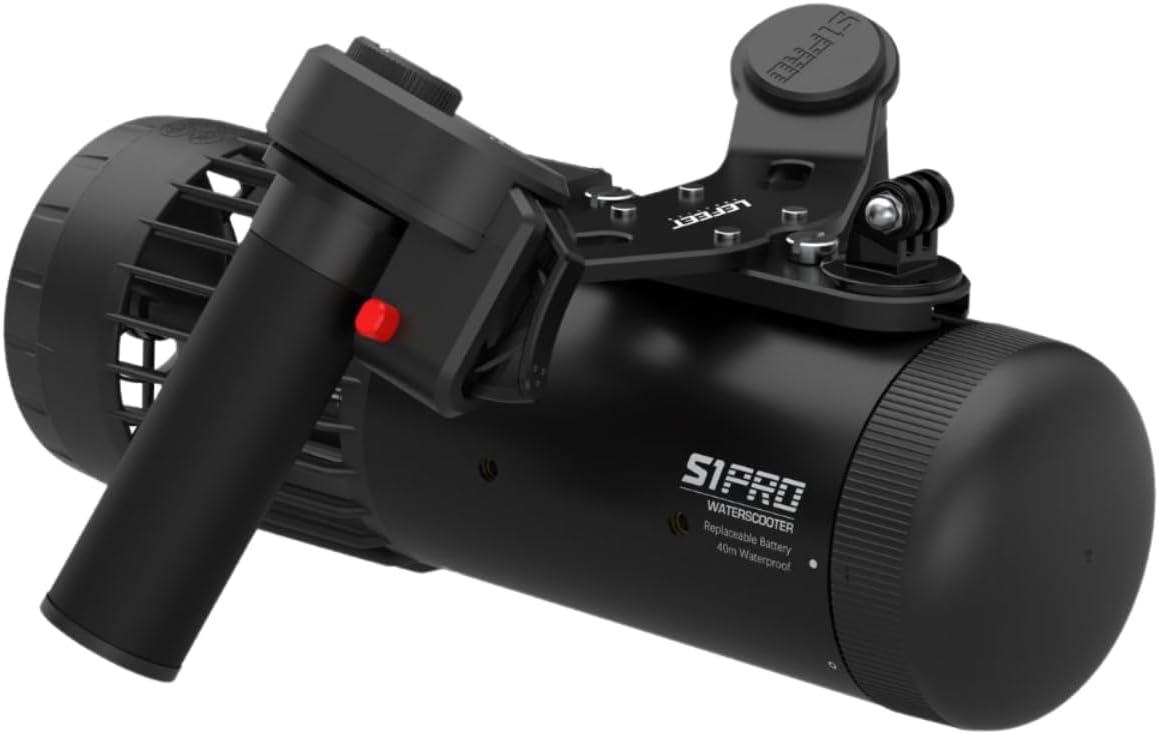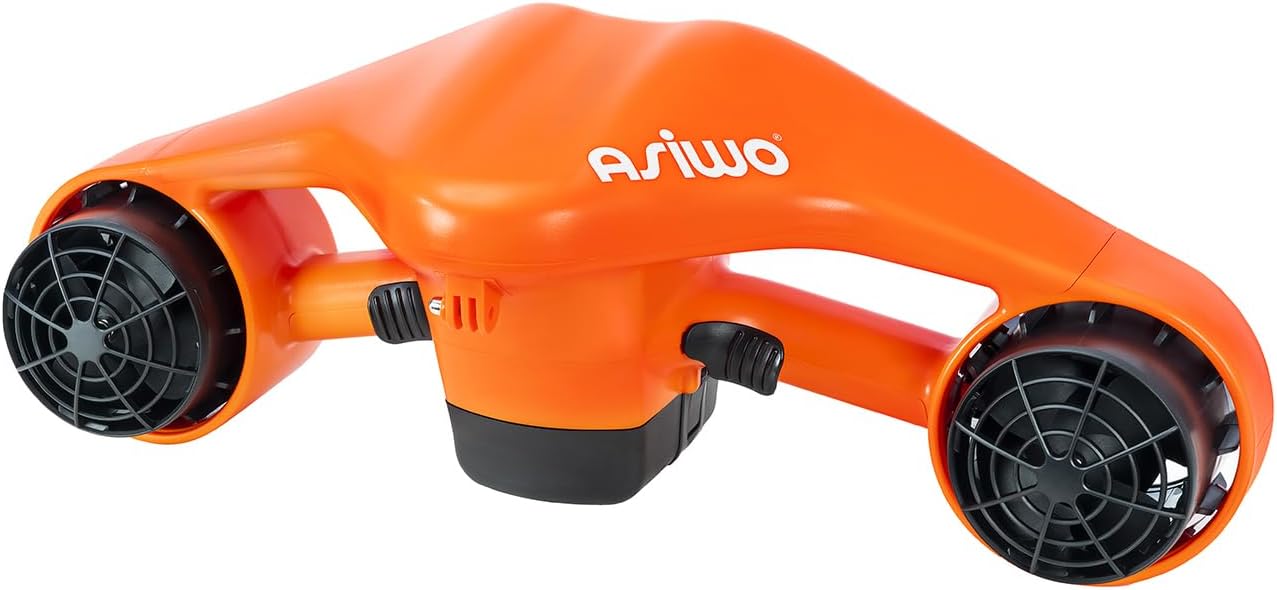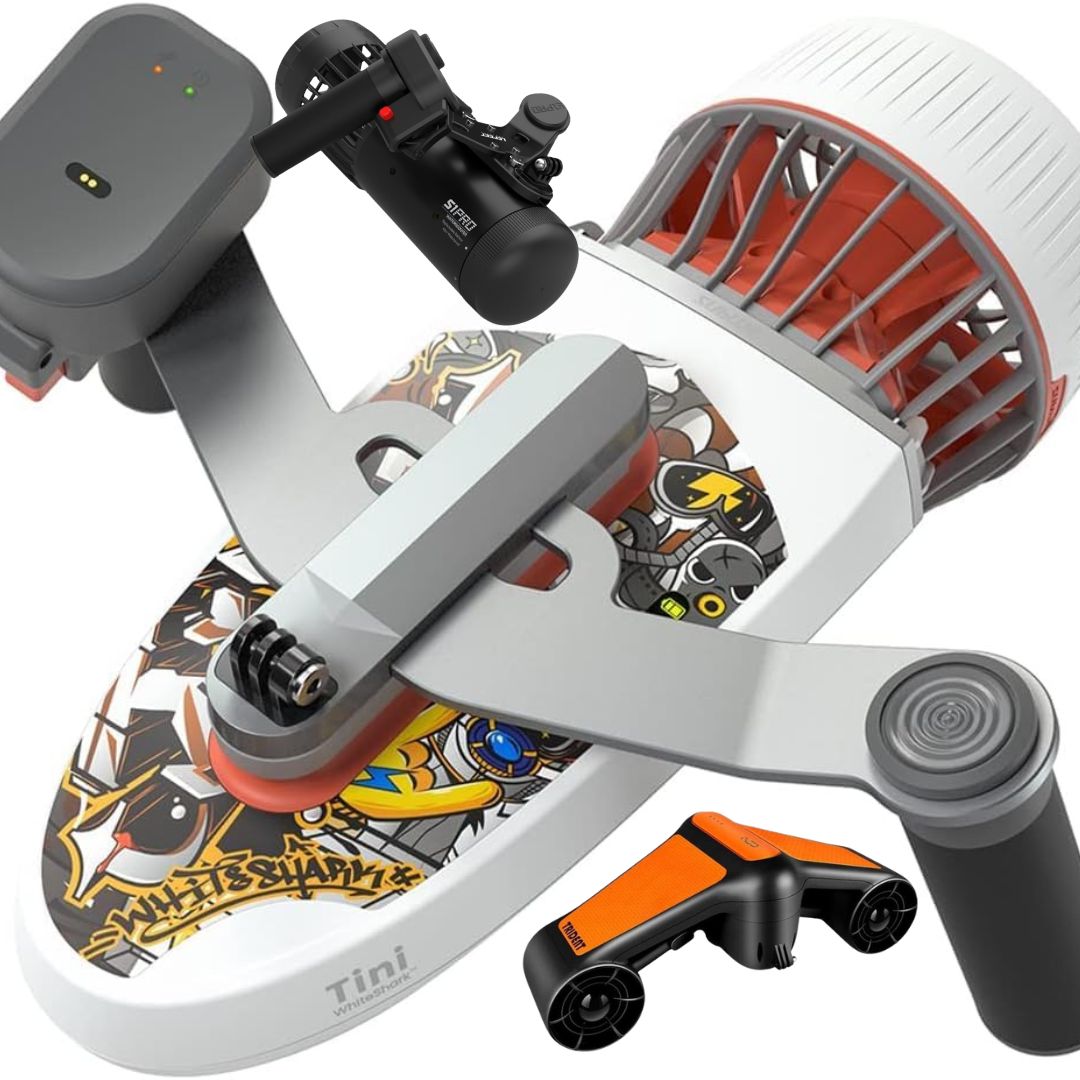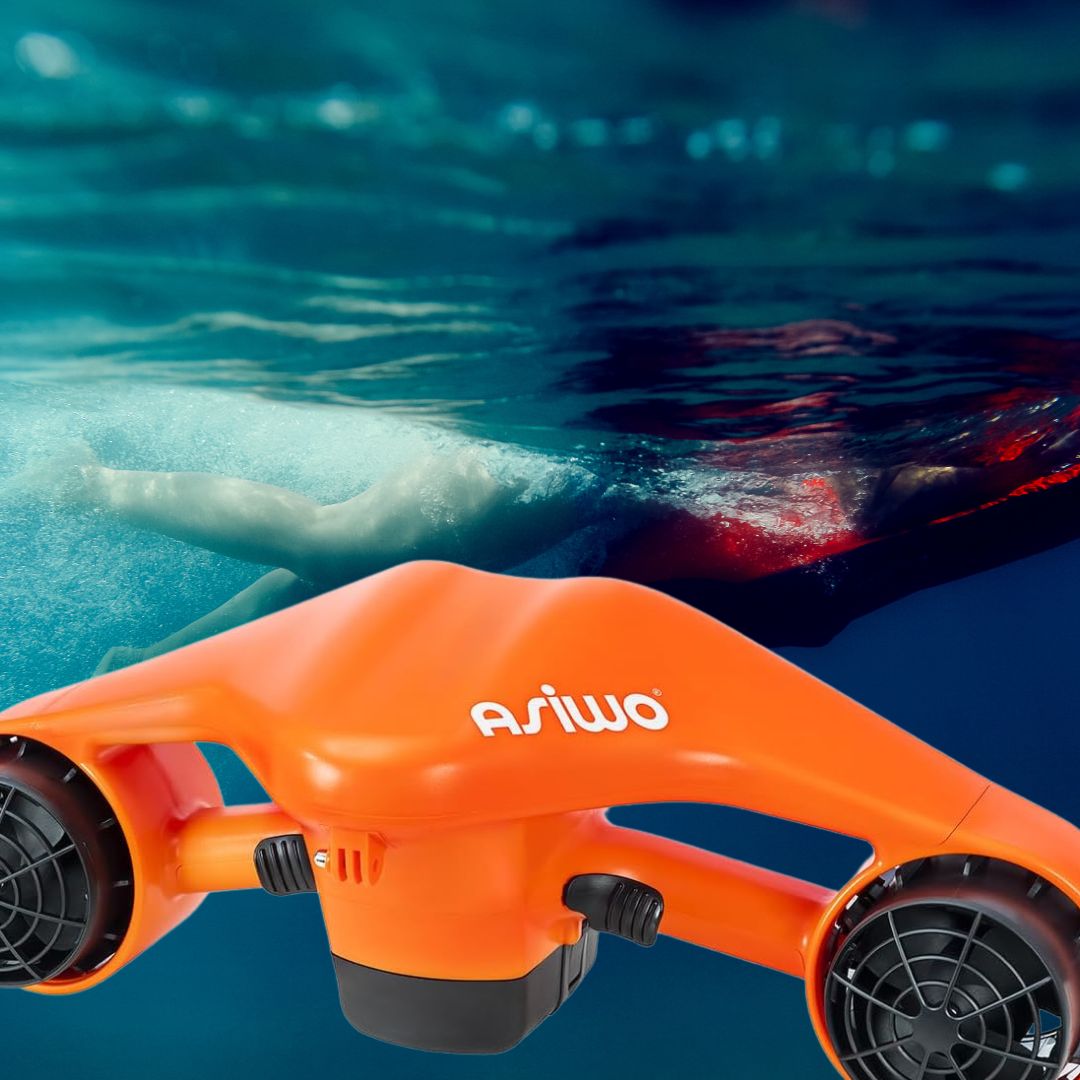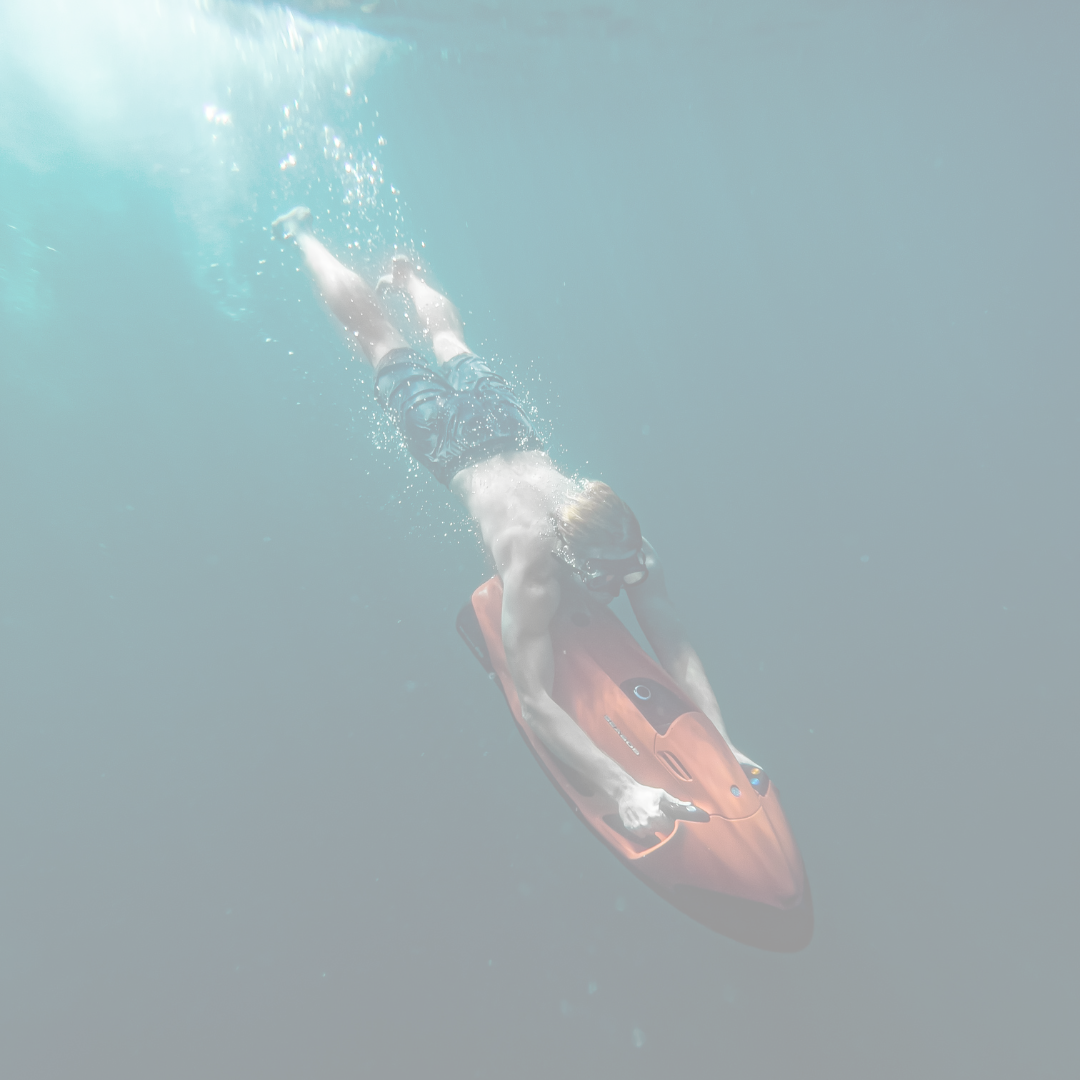How Do Underwater Scooters Work – Everything You Need to Know
If you’ve ever tried swimming as fast as a dolphin only to find yourself flailing like a slow-moving starfish, you’ve likely wondered: How do underwater scooters work? And more importantly, can they save me from looking like I’m fighting the current?
Yes, they can! But they work more like subtle boosters, not jet-powered sea rockets. Let’s dive deeper into how these gadgets can transform your underwater experience and provide expert solutions to your burning questions about underwater scooters.
How Do Underwater Scooters Work? A Comprehensive Breakdown
Now, let’s get serious for a second. You’re here because you’ve either got a shiny new underwater scooter in your hands or you’re thinking about investing in one. So how exactly do underwater scooters work, and why do they make you feel like the James Bond of the ocean?
At its core, an underwater scooter – also known as a Diver Propulsion Vehicle (DPV) – is a motorized device that helps you move through water with less effort.
Whether you’re snorkeling, freediving, or scuba diving, these scooters give you that extra push, conserving your energy for the fun stuff (like, you know, chasing turtles).
|
|
|
|
The Key Components of Underwater Scooters Explained
To really understand how do underwater scooters work, let’s break down the core components:
1. Motor
This is the heart of the scooter. The motor drives the propeller, which forces water to flow behind you, pushing you forward. While the motor itself is electric, it’s specially designed for underwater use, meaning it’s waterproofed and optimized for high-efficiency propulsion in water.
2. Propeller
The propeller is connected to the motor and acts like a small fan, pushing water backward to propel you forward. Most scooters are equipped with shrouded propellers for safety, so your fingers don’t get caught when you’re in the middle of enjoying your underwater adventure.
3. Battery
The battery is possibly the most critical part of those long dives. Underwater scooters typically use lithium-ion batteries, which are rechargeable and can last anywhere from 30 minutes to over 90 minutes depending on the model. Some high-end scooters allow for battery swaps, so you’re not left stranded when the juice runs out.
4. Buoyancy System
To keep the scooter from dragging you to the ocean floor or making you float uncontrollably to the surface, scooters have built-in buoyancy systems. This helps keep you neutrally buoyant, meaning you can glide effortlessly without constantly adjusting your depth.
5. Speed Controls
Most underwater scooters offer multiple speed settings, giving you control over how fast you want to move. Some models let you zip through the water at speeds of up to 5 miles per hour. For perspective, the fastest Olympic swimmer clocks in around 6 miles per hour, so yeah, it’s pretty quick!
Problems You May Encounter with Underwater Scooters
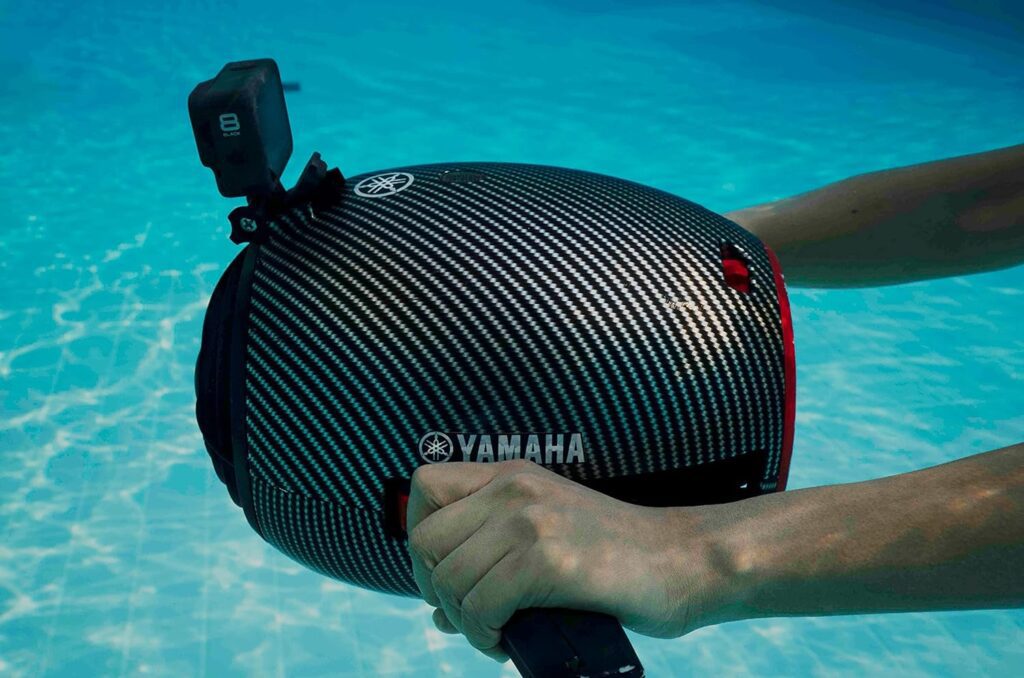
Underwater scooters are fun but there are a few drawbacks that may make you think twice about it. A few issues may make you think “Are underwater scooters really worth it?” Here are a few problems you may encounter, but there is a solution to each problem.
1. Underwater Scooter Battery Life Conundrum
One of the biggest frustrations for users is the limited battery life of underwater scooters. I get it – nobody wants their scooter to run out of juice halfway through exploring a shipwreck. So, how do underwater scooters work when it comes to extending battery life, and what can you do to get the most out of them?
Battery Solutions
- Opt for Models with High-Capacity Batteries: If you’re planning long dives, look for scooters with larger batteries. For example, the SeaDoo Seascooter RS1 or Yamaha RDS300 offers up to 90 minutes of run time, perfect for extended underwater adventures. Just be aware that the higher the capacity, the bulkier the scooter tends to be.
- Use Speed Wisely: Cranking your scooter to the max speed will drain the battery faster than moderate cruising. You might feel the temptation to zoom around like an underwater racecar, but if you dial it back to a comfortable speed, your battery can last much longer.
- Backup Batteries: Some models, like the S1-Pro Underwater allow for swappable batteries with dual motor with 2-speed battery. That way, you can bring a fully charged spare along on your dives, so when one battery runs low, you can swap it out and keep going.
Freedivers often use scooters like the Sublue Navbow, which offers up to 75 minutes of run time. They report that by alternating between slow and medium speeds, they’re able to extend the battery life to cover more ground. A group of divers even managed to explore a large coral reef for nearly two hours using swappable batteries.
2. Safety Concerns: Depth Limits and Speed Control

New users frequently worry about how to use underwater scooters safely, particularly in terms of depth and speed. And the common question arises, how do underwater scooters work when it comes to handling deeper dives and speed settings?
Depth Solutions
- Know Your Depth Limits: Scooters are designed with a specific depth rating in mind, and this varies greatly between models. For instance, beginner models like the Yamaha Seal scooter may have a depth limit of around 15 feet, while advanced models such as the Geneinno S1 can handle depths of up to 164 feet. If you plan to dive deeper, choose a model rated for those depths.
- Start Slow, Build Confidence: Many scooters come with adjustable speed settings, allowing you to control your pace. It’s a good idea to start slow until you’re comfortable navigating underwater. Remember, faster speeds will burn through your battery quicker and make it harder to stop and maneuver in tight spaces.
- Emergency Features: Most modern scooters come equipped with safety features like automatic shut-off when they overheat or go beyond safe operational depths. This ensures that even if something goes wrong, you won’t be left in a dangerous situation.
Tech divers often use scooters like the Dive Xtras BlackTip, which is rated for depths of up to 330 feet. While this scooter can go quite fast (up to 4.4 mph), divers recommend using it at slower speeds in areas with delicate marine ecosystems to avoid disturbing coral reefs or scaring away marine life.
3. Portability: The Weight and Bulk Issue
Another frustration divers face with scooters is their weight and bulkiness. How do underwater scooters work when it comes to portability? Well, while some scooters are large and heavy, others have been designed with convenience in mind.
Portability Solutions
- Lightweight Models for Recreational Users: If you’re snorkeling or freediving, you might not need a high-powered scooter. Lightweight models like the Geneinno S2 weigh just under 6 pounds and are easy to carry. These scooters still offer decent speed and run times, but without the extra weight.
- Compact, Foldable Designs: Some underwater scooters can be folded for easier transportation. For instance, the WhiteShark Mix from Sublue is a compact model that fits into a carry-on bag, making it perfect for travel divers.
- Use Carry Cases or Wheels: If you have a heavier scooter, consider getting a custom carry case. Some cases come with wheels, so you’re not lugging it across the beach like a bag of rocks.
Maria, a recreational diver who loves to travel, raves about her compact Geneinno S2. It’s light enough to toss in her suitcase, and even though it’s smaller, she finds it perfect for snorkeling in tropical locations where she doesn’t need a ton of power or depth.
4. Maintenance: Keeping Your Scooter in Peak Condition
Of course, if you want your underwater scooter to keep working smoothly, you’ll need to take care of it. Many people ask, how do underwater scooters work long-term, and how can you ensure they don’t break down after a few dives?
Maintenance Tips
- Rinse It After Every Use: Saltwater can wreak havoc on your scooter if you don’t rinse it off. After every dive, give it a thorough rinse with fresh water to remove any salt or debris.
- Inspect Seals and O-rings: The seals and O-rings are essential for keeping water out of the scooter’s motor compartment. Check them regularly for any cracks or wear, and make sure they’re properly lubricated to prevent water from seeping in. Change them every 2 years even if they have no issues.
- Store It Properly: Don’t just leave your scooter lying around after a dive. Store it in a cool, dry place and ensure that the battery is removed if it’s not going to be used for an extended period. Keeping it in top condition ensures the scooter will be ready to go whenever your next underwater adventure calls.
- Battery Care: Batteries are one of the most sensitive components, so make sure to charge them fully before and after use, and avoid letting them completely drain. Some divers even invest in a battery tester to keep tabs on how well their batteries are holding up over time.
Alex, a professional diver, learned the hard way when he didn’t rinse his Yamaha 500Li after a day in saltwater. Within a week, he noticed corrosion around the seals and had to replace some parts. Now, he’s meticulous about rinsing and storing his scooter properly, and it’s lasted him years of regular use.
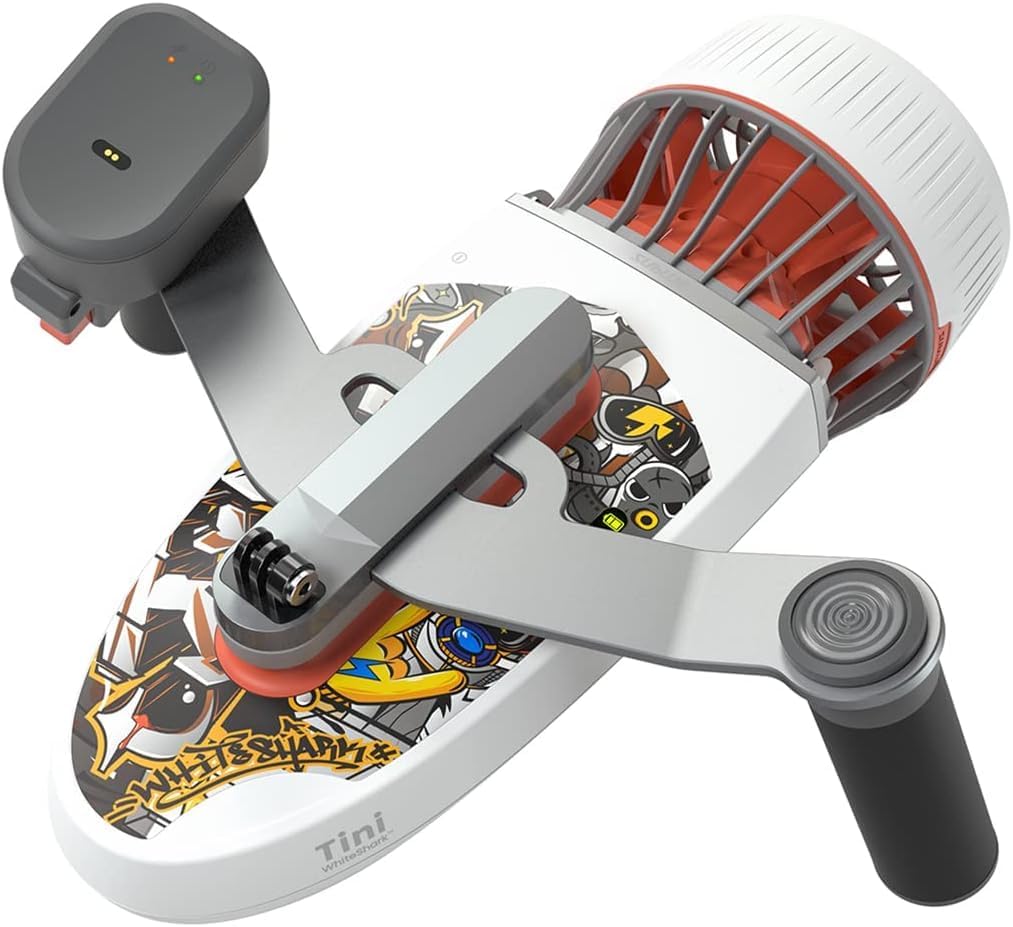
Features to Look for in the Best Underwater Scooters
When choosing the perfect underwater scooter, you’ll want to know what features best meet your expectations. Here’s a quick rundown of what to look for to ensure you get the most out of your purchase:
- Battery Life: As mentioned earlier, the length of your battery life is crucial. Models with a solid battery life of up to 2 hours are perfect for long dives.
- Depth Rating: If you’re only snorkeling or freediving, a lower depth rating will do the trick. But for scuba divers venturing deeper, models like the Dive Xtras BlackTip with a 330-foot depth rating will meet your needs.
- Portability: Consider where you’ll be using your scooter. For travelers, lightweight and compact designs like the Sublue WhiteShark Mix offer convenience and ease of transport.
- Speed and Power: If you’re all about speed, scooters like the Sublue Navbow, which can reach up to 4.5 miles per hour, will satisfy that need for quick underwater zooming. For those who want more control over speed, look for models with variable speed settings.
- Durability and Materials: High-quality, corrosion-resistant materials are essential for long-lasting use, especially in saltwater environments. Scooters made with robust, durable materials will withstand the elements better over time.
- Safety Features: Look for automatic shut-off systems, speed limiters, and pressure-sensitive depth controls to ensure your safety underwater. The best scooters, like the Yamaha 500Li, come with multiple safety features to protect you during deep dives.
Tips for First-Time Users
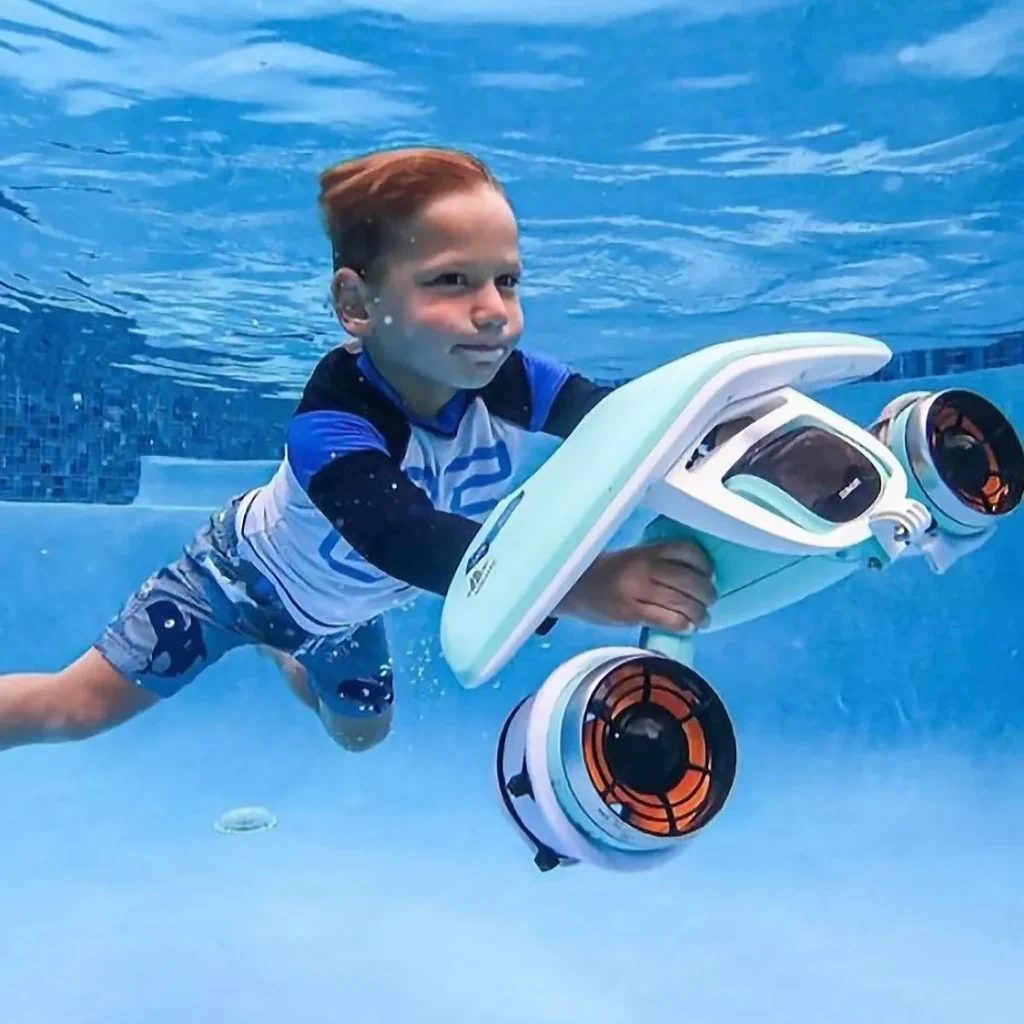
So now that you know how do underwater scooters work, it’s time to manage your expectations and ensure you have the best experience possible. Here’s some advice from seasoned divers and scooter enthusiasts to help you get the most out of your underwater scooter:
- Start Slow: As tempting as it is to crank up the speed right away, get used to the feel of the scooter first. Take it easy on your first few dives to build confidence and learn how to control the scooter.
- Practice in Shallow Water: If you’re a first-time user, try practicing in shallow water before heading into deeper areas. It’ll give you a better understanding of the scooter’s controls and how to navigate without getting overwhelmed.
- Be Mindful of Battery Life: Pay attention to your battery’s status, and plan your dives accordingly. If you’re going on a long dive, take it easy on the throttle to preserve battery life for when you really need it.
- Mind Your Depth: Don’t push the scooter beyond its depth rating. Doing so could damage the motor or cause the scooter to malfunction.
- Stay Safe: Always check the scooter for any issues before diving, and never use it if something feels off. Safety features like automatic shut-off exist for a reason—so trust them!
The Bottom Line on How Do Underwater Scooters Work
Whether you’re a beginner just getting into underwater adventures or a seasoned diver looking to cover more ground, knowing how do underwater scooters work can greatly enhance your experience.
From understanding the technology behind these devices to managing their limitations, you’ll be better equipped to make the most out of your dives. Plus, by choosing the right model based on your needs – whether that’s portability, speed, or battery life, you’ll ensure that every underwater journey is smooth and enjoyable.
